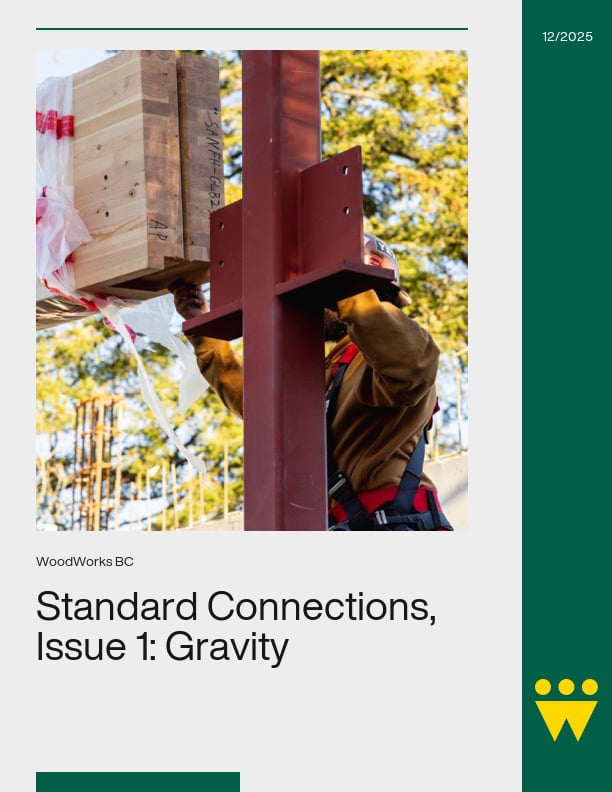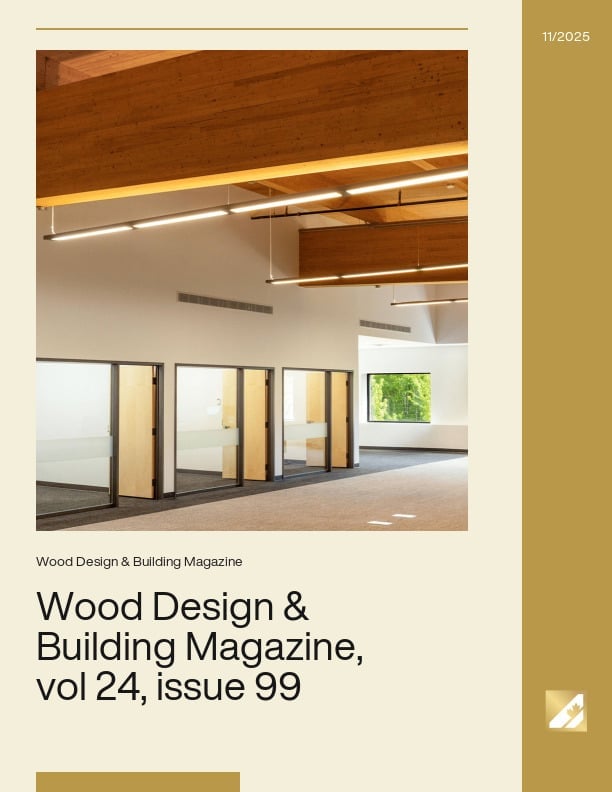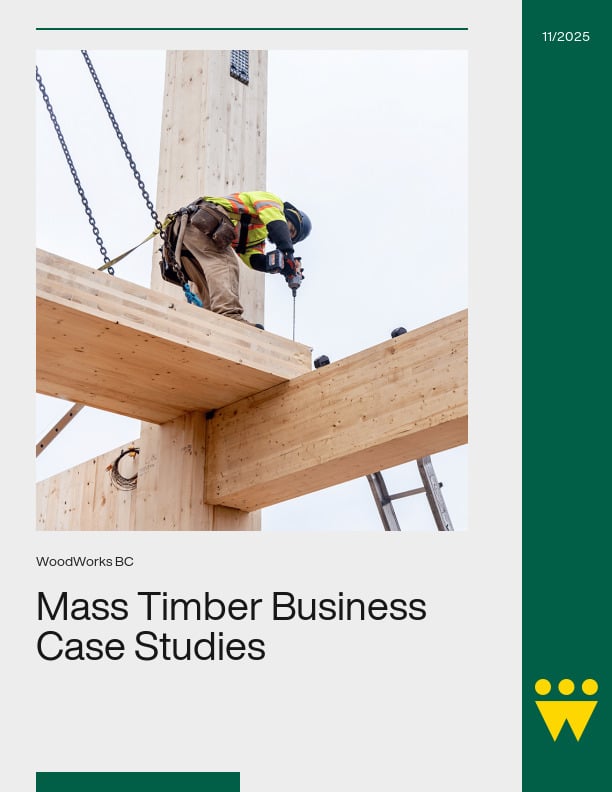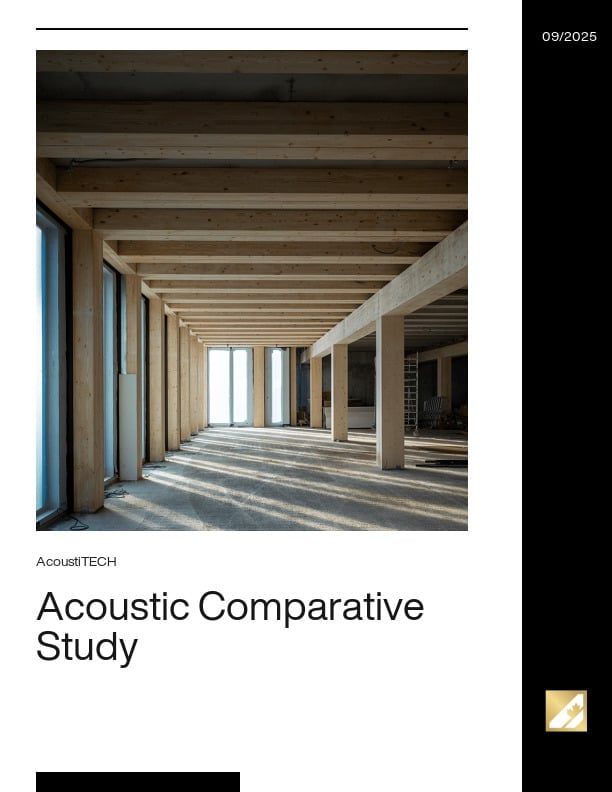Liquid application: Dip diffusion treatment of green (wet) lumber
Dip-diffusion treatment involves immersion of freshly cut lumber, still wet from the tree, in a concentrated solution of preservative. The preservative may be thickened to increase the amount of solution retained on the surface. The lumber is stacked, covered and stored for periods of weeks to allow the preservative to diffuse deep into the wood. In New Zealand, framing lumber has been treated with borates using this process since the 1950s. Dip-diffusion works well with wood species that are mostly sapwood or have wet heartwood. The ratio of the surface area to the volume, the amount of solution retained on the surface, and the solubility of the preservative limit the amount of chemical that can be delivered deep into the wood using this process. For example, a boric acid loading of 0.5% by weight of the wood, sufficient to prevent decay and beetle attack, can be applied to nominal 2 inch lumber using this process. However, a boric acid loading of 2.0% by weight, sufficient to prevent attack by Formosan termites, cannot be achieved without multiple dips and months of storage.
Liquid application: Spray treatment of framing
Since this type of treatment is typically done during the construction phase, it can be applied to the whole structure or to selected parts of the structure that are anticipated to be at risk from fungal decay or insect attack. Solids and fumigants are not appropriate for these applications, and the only widely used formulations are based on borates. Because the wood is dry at this stage, and because borates require moisture for diffusion, it helps if such treatments are formulated to improve penetration in dry wood. This is usually achieved by adding glycols. Nevertheless, the initial preservative penetration cannot be expected to be as good as that provided by a pressure treatment process. Spray applications of borate are becoming popular in certain regions of the USA as part of termite management systems. Typically, whole house superficial treatments are used to protect against drywood termites and wood boring beetles. This replaces regular fumigation. For subterranean termite protection, concentrated glycol borates may be applied to the bottom two feet of all wood in contact with the slab or, for crawl space construction, two feet up and inwards from the foundation. This replaces a soil barrier.
Brush Application
Brush applications for surface pre-treatment are basically limited to field-cut preservatives for pressure treated wood and homeowner treatment of structures, presumably with limited life expectancy. Copper naphthenate works well above ground or in ground contact, but its dark green colour (fading to brown after a year or so) is not very appealing. Zinc naphthenate is colourless and can be tinted to suit, but does not work as well in ground contact. Borates are typically used for field cuts on interior sill plates. In addition, borate/glycol mixtures are available for domestic use.





